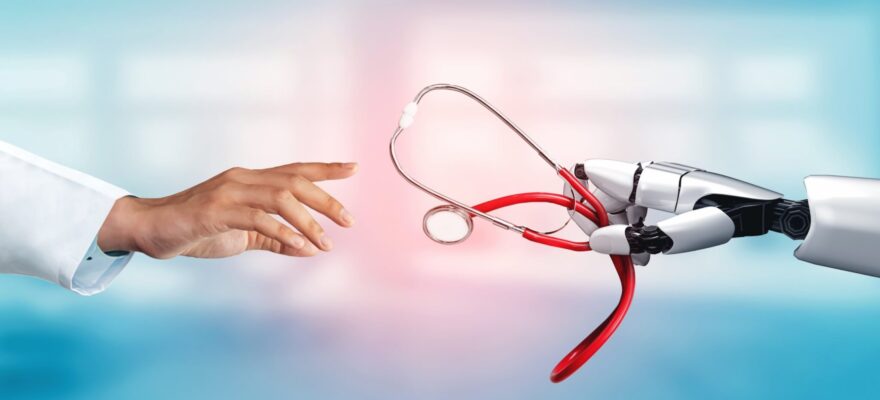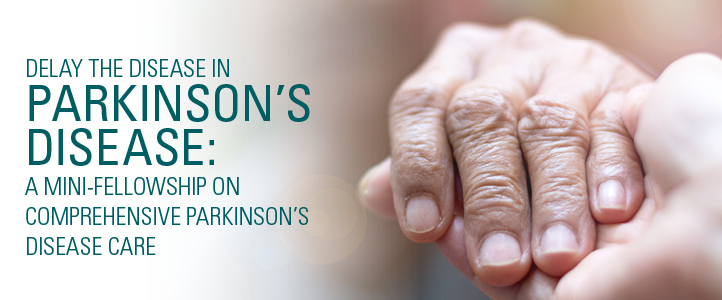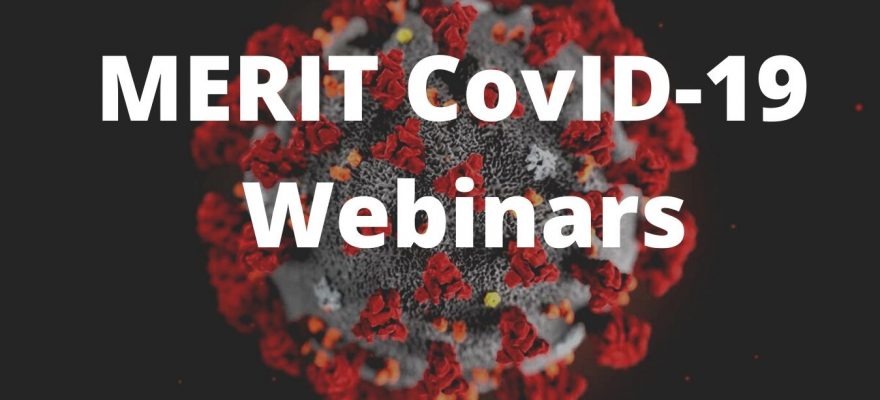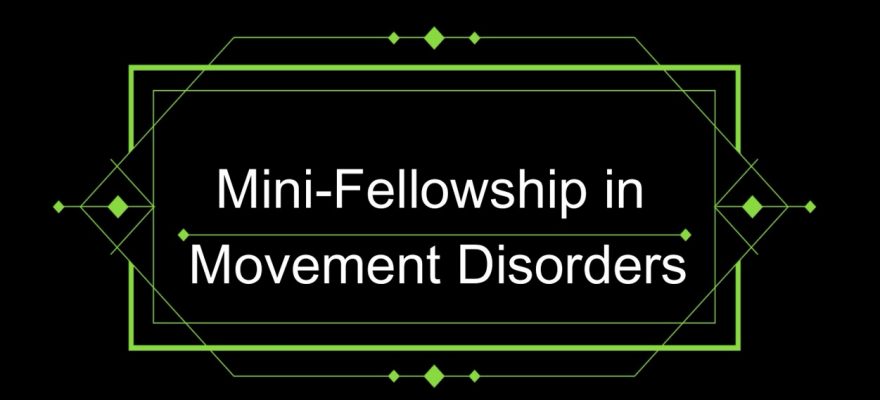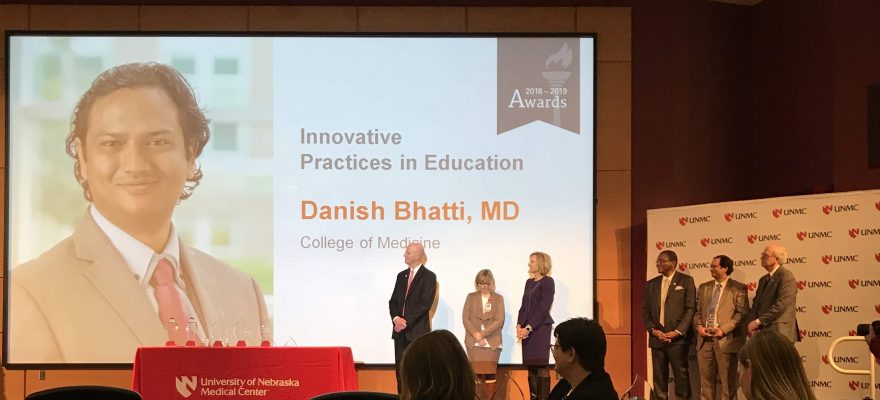AI is rapidly evolving with new applications emerging every day, but it is not a silver bullet for healthcare. Att-ention to ethics, security and privacy issues is far lagging behind the more profitable AI applications. Racial bias has been alleged in judiciary and banking AI programs. Serious risk of AI enabled attacks on public utilities and installation of national security continue to exist. …
Category: Education
This mini-fellowship, prepared and curated by Movement Disorder’s Fellowship-trained neurologists, aims to improve neurological care for patients with Parkinson’s Disease (PD). The course is designed to reach health care providers through online distance learning. The course will also have an optional component that will blend clinical practice learning and assessment with an online/on-demand component. TARGET AUDIENCE This mini-fellowship is intended for primary care physicians; advanced practice providers; nurses and nurse case managers; physical, occupational and speech therapists; dietitians; pharmacists; professional …
Covid-19 pandemic challenge provided us with impetus to innovate and provide rapid solutions. We have successfully launched multiple tele-education online learning programs through a Pakistani diaspora and local physician collaborative that have been extremely effective. The programs were launched form the platform of Association of Physicians of Pakistani Descent of North America (APPNA) and include Daily Covid-19 Webinars, Weekly Case Discussions, online discussion groups, themed webinars on psychosocial health of physicians, ventilator management, critical care nursing and primary care. So …
This is the promo of Minifellowship in Movement Disorders Course. Highlighting the importance of Minifellowship in MD Course, talking about course challenges, recommendations, feedback by students of Dr. Danish Bhatti MD. Introduction This is a program intended to enhance Movement Disorders (MD) training for General Neurologists, Psychiatrists, Physiatrists (PM&R), and Primary Care Providers to improve their skills in Movement Disorders. This program will use blended learning, and the most modern teaching methodology including online lectures, reading assignments, tasks, quizzes and …
POWERPOINT SLAVARERY Don’t follow the structure you premade, take feedback. Eyes get stuck to the screen. (blank screens white or black) You just put something together without knowing where your students are at. Avoid too much content. Avoid too fast of a pace Pictures can be distractors. Be Pragmatic – he knew what the information is but he knew where I was and what questions I have to answer Develop a Rapport: Be Personable Have activities and tasks (pertinent, rapport …
My father developed Lymphoma in 2014, the year I finished my Movement Disorders fellowship, joined University of Nebraska Medical Center as faculty and started visiting Pakistan. We only found it out a year later. He was delighted for my first visit back in July 2014, a visit after 5 years in US (busy in training and not risking visa status). But as we planned visit, he asked me to visit the local institutions and teach; while I ruminated about get …
Main idea to discuss is about developing a module on Stroke. We need to talk about uniform template for this.We have to make modules and we will be presenting them in what we call a learning management system LMS. We want to develop a LMS under APPNA MERIT. I am using LMS of UNMC Canvas. Canvas can help in delivering topics, help in track students performance, quizes and things like that. There is catalog of UNMC in which i am …
ABOUT THE EVENT Whether you are a beginner, superuser, or prospective Canvas user, you’re invited to join us for our third Nebraska Canvas Conference! We’re planning to pack the agenda with awesome sessions from educators, trailblazers, and experts in both Higher Education and K12. There will be a separate track for beginners in the morning, and two tracks for Higher Ed and K12 running throughout the day. This day will be crammed full of ed-tech goodness and Canvas awesomeness!! When: …
Spotlight on Scholarship is an event designed to showcase and celebrate educational innovations. While sponsored by the UNMC Interprofessional Academy of Educators, the educational showcase invites both UNMC and UNO medical humanities educators to apply and present their educational research. More than 30 faculty-innovator-educators from UNMC and UNO took part in the first annual Spotlight on Scholarship showcase. The forum included four platform and 13 poster presentations. Read the UNMC Today story Effectiveness of Blended Learning for Resident …
Writing better MCQs and fight against the ‘test takers’: We have always come across students (and peers) who have amazing test scores and we wonder what is unique about them. We also come across questions in tests we take where we make a ‘guess’ but why we pick one option over the other when we really don’t know the answer. Why we ‘feel’ one options seems to be truer than others. There is actually reason for that and Test Wise-ness …
